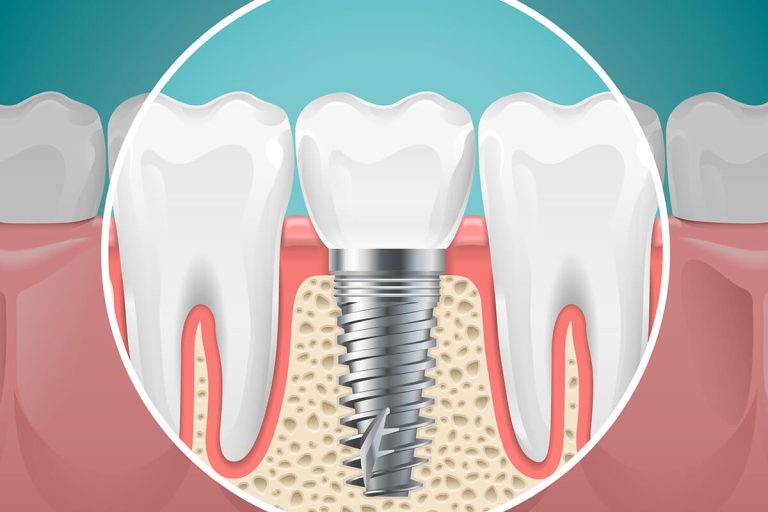The 3D printing industry has been taking giant strides lately. These days it seems that 3D printers can print everything from shower curtain rings to new kidneys. It was only a matter of time, perhaps, before 3D printing took on construction.
Will buildings soon be fully printed in one piece, so that, perhaps, construction fasteners become obsolete? Yes, there will be one-piece buildings. And no, they won’t be that common.
And where 3D printed parts are used in construction, construction fasteners will become even more important. This will, in turn, lead to http://www.bacoent.com taking on a bigger role.
To see why, let’s look at the current state of 3D printing construction technology and why carriage bolts will still be necessary.
3D printing technology is already making buildings
The Massachusetts Institute of Technology (MIT) has been working since 2011 on a digital construction platform that’s intended to print an entire habitable structure in one piece.
Before, 3D printers were inhibited from encroaching into the construction industry by their limited build space, but the MIT printer is mobile, with a long arm mounted on tractor treads. In theory, it could build a structure of unlimited size.

Wikimedia Make no mistake, 3D printing is going to change the construction industry a lot. But some things won’t change — and not because of the limits of computer technology, but rather the physical limits of usable materials.
3D printing is limited to extrudable materials
3D printers are limited in what types of material they can print, and that restriction is imposed by the nature of the 3D printing process. While there are many types of 3D printers, the most common kind uses an extruder nozzle.
Imagine squeezing toothpaste out of a tube, back and forth, layer by layer, until you make a building. This means 3D printer materials must be a compromise between squeezability and fast hardening.
In other words, a 3D printable material must not stick to itself in the nozzle but will stick to itself once it hardens. Traditional construction materials don’t have to worry about being squeezed through a nozzle and can just go for maximizing strength.
This gives traditional materials an advantage in strength, and indeed, as matters stand at present, printed parts are always weaker than parts fabricated by any other method. Except for rare circumstances such as having robots build emergency shelters or astronaut homes on Mars (where the MIT printer is headed), 3D printers are unlikely to be seen that much at construction sites.
The Real Impact of 3D printers on construction
Even so, 3D printers will have a huge impact on construction. Printers offer a profusion of unique, customized shapes and facings for aesthetic and practical purposes.
But 3D printed parts will be printed off-site, delivered to the construction site, and fastened into place. Because 3D printed parts are weaker, they’ll rely all the more on construction fasteners to keep them secure.
Because 3D printed parts will be customized with countersinks and threaded holes, it will be all the more important that you have a fastener manufacturer who understands your construction needs.
And of course, that’s important today too.












